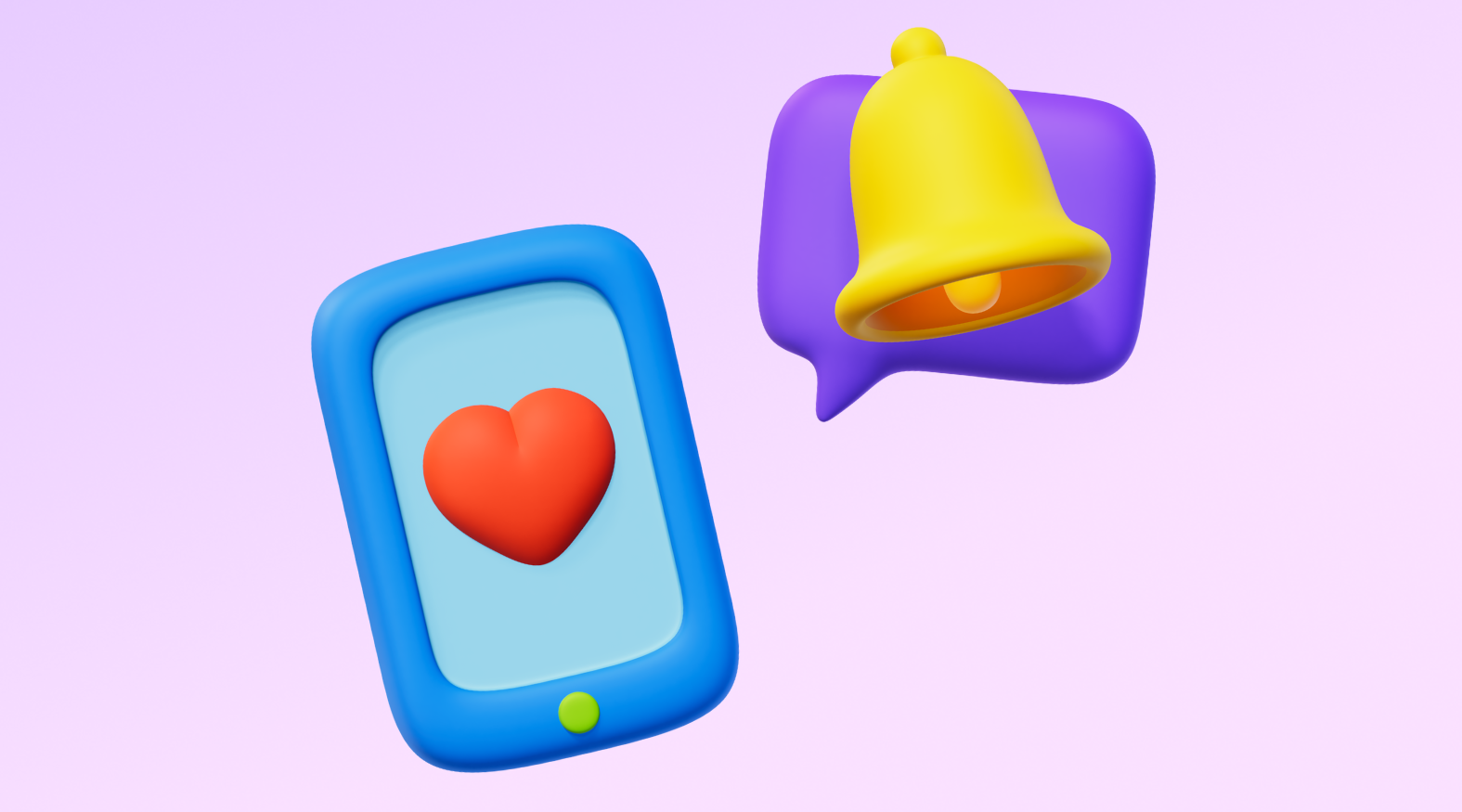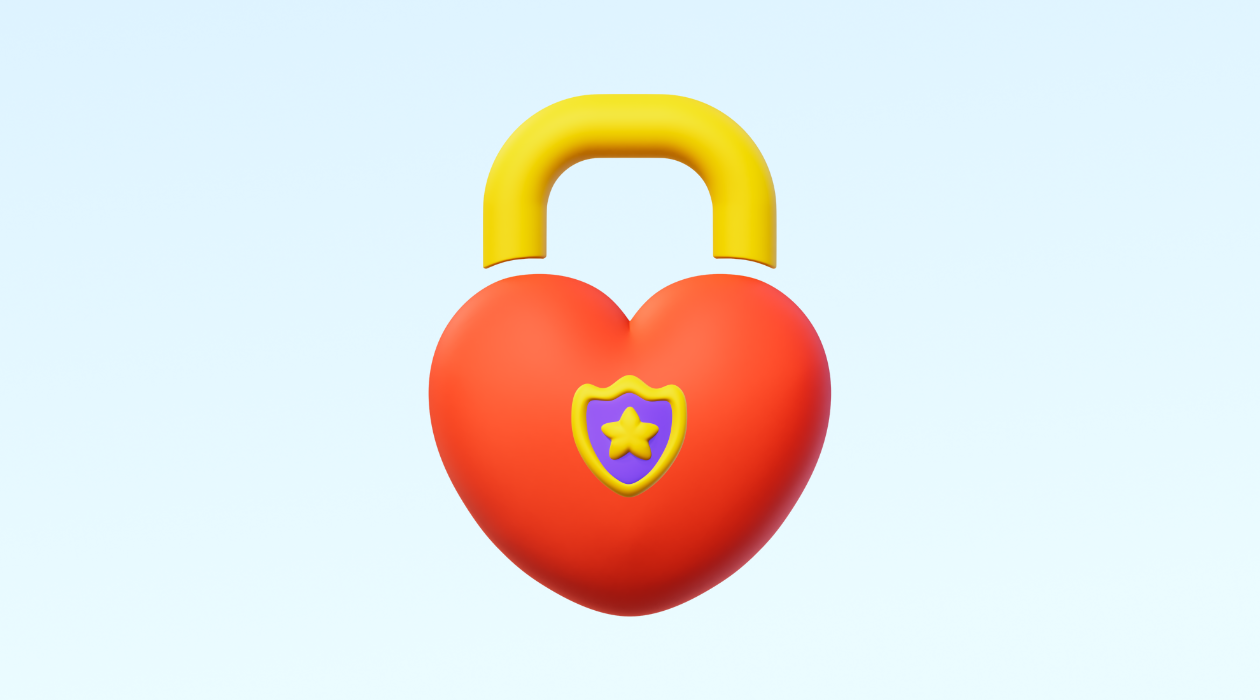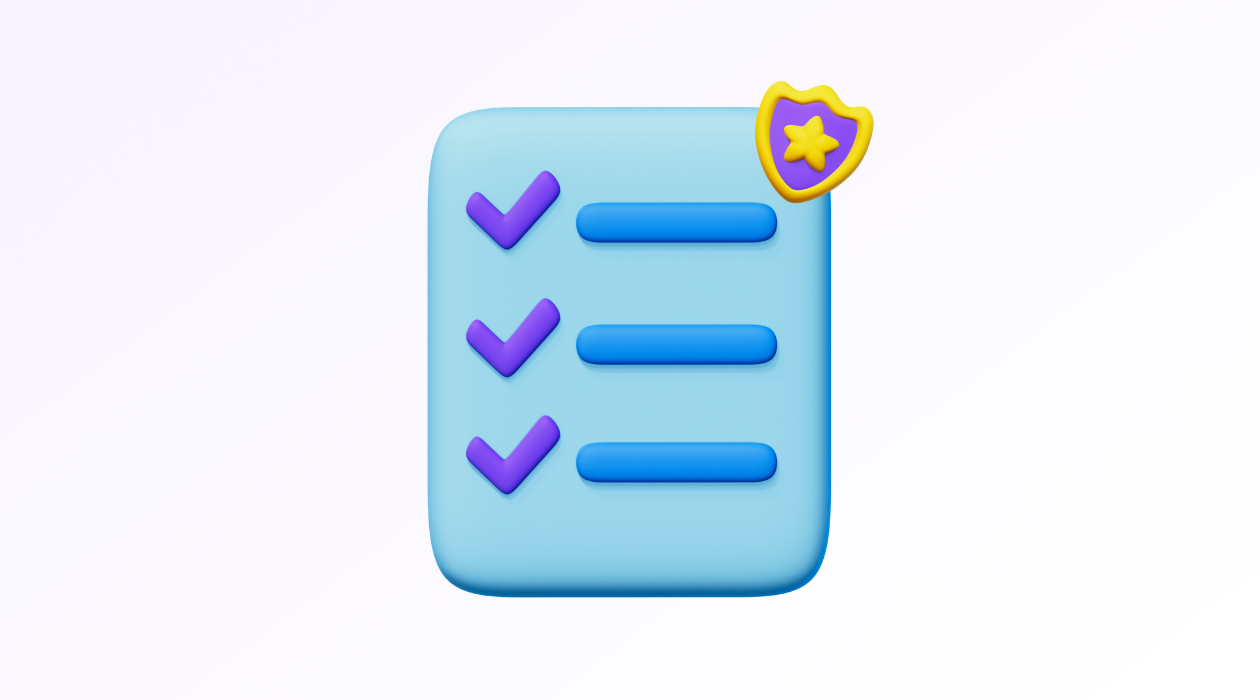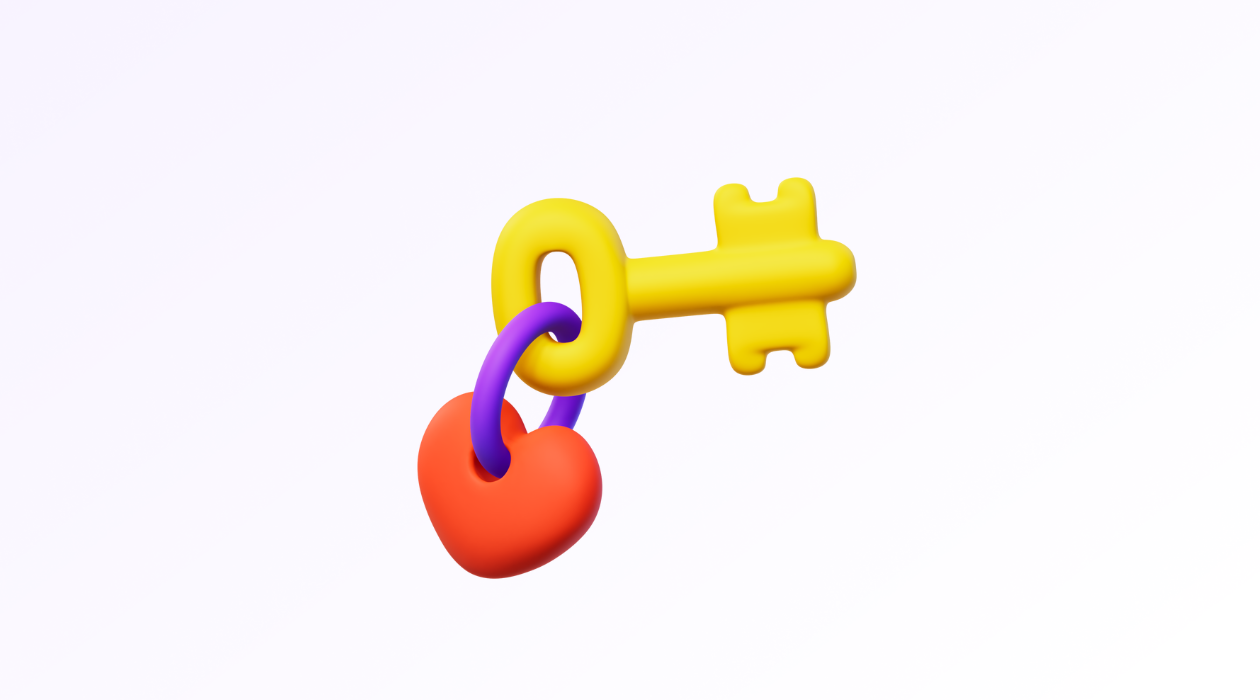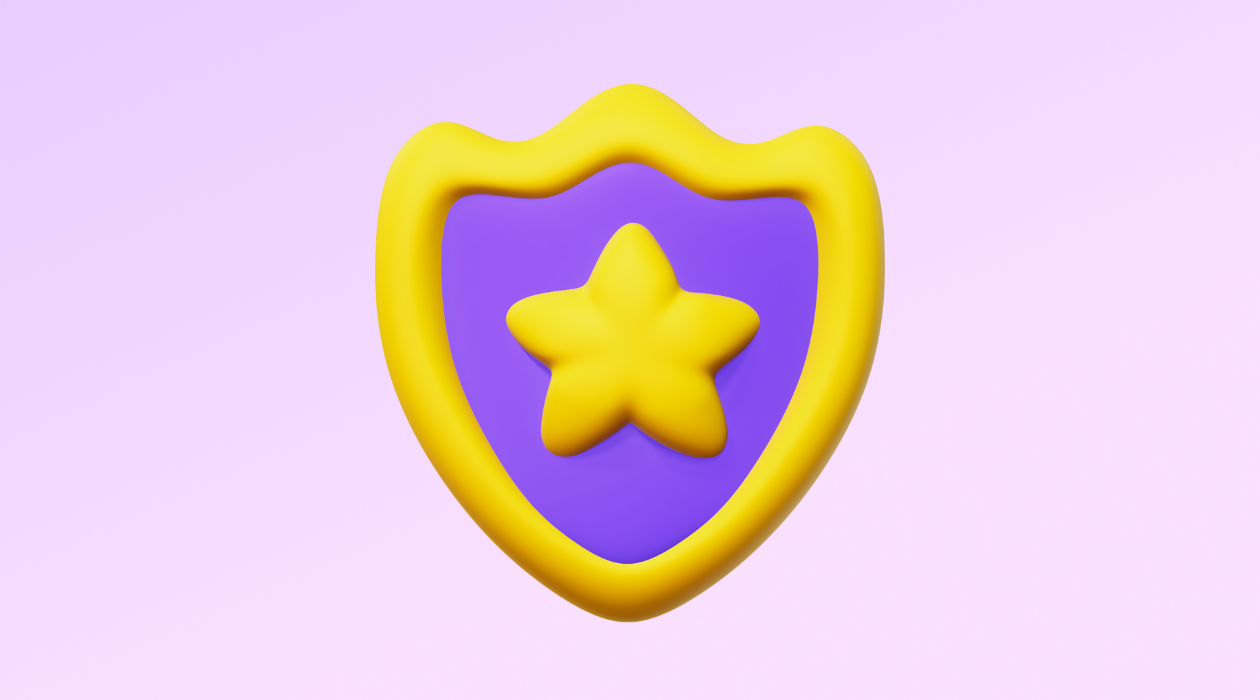A student shares a private photo in a group chat.
There’s no harm intended. But the moment spirals—screenshots, jokes, shame.
The student feels exposed. The parent is upset. The teacher is caught off guard.
Could this have been prevented?
Yes...if digital citizenship was already part of everyday learning. Not as a one-off assembly. Not as a once-a-year only during Digital Citizenship Month.
Instead, digital citizenship must be woven into daily events, routines, and practices.
Strong digital habits aren’t taught in isolation. They’re built through repetition, reflection, and shared expectations.
Start small: Build awareness through micro-lessons
Digital habits form over time and they start with everyday conversations. Here are simple ways to integrate digital citizenship into existing lessons:
Grades K–5
- “What would you do if someone sent you a message you didn’t understand?”
- Draw a digital helper character who reminds you how to stay safe online.
Grades 6–8
- “Have you ever hesitated before posting something? What helped you decide?”
- Mini-debate: “Is it okay to take a screenshot without asking?”
Grades 9–12
- “Did your group agree on what should—or shouldn’t—be shared digitally?”
- “How do you want to be seen online by future colleges or employers?”
Co-create classroom norms
The most effective digital expectations are built with students, not for them. Try asking:
- When is it okay to take a screenshot?
- What counts as oversharing?
- What should happen when someone breaks a digital norm?
When students help shape the rules, they’re more likely to follow them, and hold each other accountable.
Extend it at home
Families are key partners in building healthy digital habits. Use classroom prompts as take-home conversation starters:
- “What’s something safe to share online? What’s not?”
- “How would you feel if someone posted a photo of you without asking?”
- “What’s your go-to strategy when something doesn’t feel right online?”
With ClassDojo, teachers can send these prompts home in just a few taps—making it easier to keep families in the loop and on the same page.
Track what works—and scale it
Districtwide success starts with visibility. Schools using reflection prompts, pulse checks, or student feedback tools can:
- Identify where digital habits are actively being taught
- Spotlight creative ideas from classrooms
- Offer targeted support where needed
Tools like ClassDojo help districts track how often digital citizenship is embedded and celebrated across schools.
Digital Citizenship Month is a starting point
October can be a catalyst, but not a container.
Use this month to kickstart habits that last all year:
- Launch co-created classroom norm campaigns
- Try one micro-lesson a week
- Share home prompts with families
- Celebrate how students are building digital awareness
Digital citizenship isn’t a checklist; it’s a mindset.
Start small. Build norms together. Bring families in.


